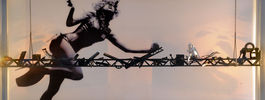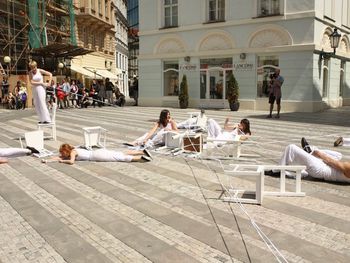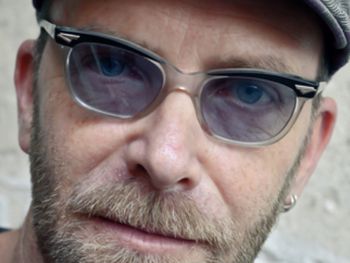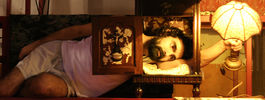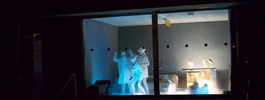

2011 » Czech Republic » Architecture Section
| Curator: | Pavel Štorek |
| Authors of Theme: | Tereza Kučerová, Tomáš Žižka |
| Designer / Architect of exhibition: | Tereza Kučerová |
| Institution: | Pavel Štorek (curator; artistic director, 4+4 Days in Motion festival), Tereza Kučerová (architect, Molo architekti), Tomáš Žižka (stage designer, teacher at the Theatre Faculty of the Academy of Performing Arts in Prague) |
"Showdown" - New Cultural Cathedrals for Pilsen - European Capital of Culture 2015
In 2010, the West Bohemian city of Pilsen won the prestigious European Capital of Culture for 2015. The title has been awarded since 1985 and is granted by the European Union for one year to one or more European cities; its acquisition should serve as an incentive for cultural development and changes in the specific city. "Czech Table" represents the two most prominent and ambitious projects that appeared to be central to Pilsen's candidacy for the Capital of Culture in 2015. These are: a new theatre building close to the city centre and the conversion of the listed premises of the former Světovar brewery into a cultural and residential centre. Both projects' architectural studies have already been, and the new theatre has acquired a building permit. Pilsen's councillors have also agreed to place the project on a list of municipal investments. Construction of the new theatre and the first stage of renovating the Světovar brewery are expected for 2014-2015. “Czech Table” works with the winning architectural and urban design for the Světovar project (Prague D3A Studio) and the winning architectural design for the new theatre in Pilsen (the Portuguese studio Contemporânea and the Czech architecture and design studio Helika). The project presented by the Czech architecture section "lays a number of questions on the table". These questions are not only for professionals and experts from the field of theatre and architecture, but are intentionally aimed at the general public as well. What is the public's attitude towards the new cultural centres? How do the city's plans correspond with the public's ideas and has there been any public discussion? Are the projects clear and are public competitions transparent? Does the city cooperate with local communities? Will the projects transcend national boundaries? Has the city prioritised money and resources for the realization and, in particular, the operation of both ambitious and expensive projects? Visitors will have an opportunity to compare the project visions and arguments, including the manner in which the projects communicate with the general public. Thanks to: the Světovar non-profit organisation, the D3A architectural studio, and the Helika architecture and design studio. Visitors will have an opportunity to compare the project visions and arguments, including the manner in which the projects communicate with the general public.
